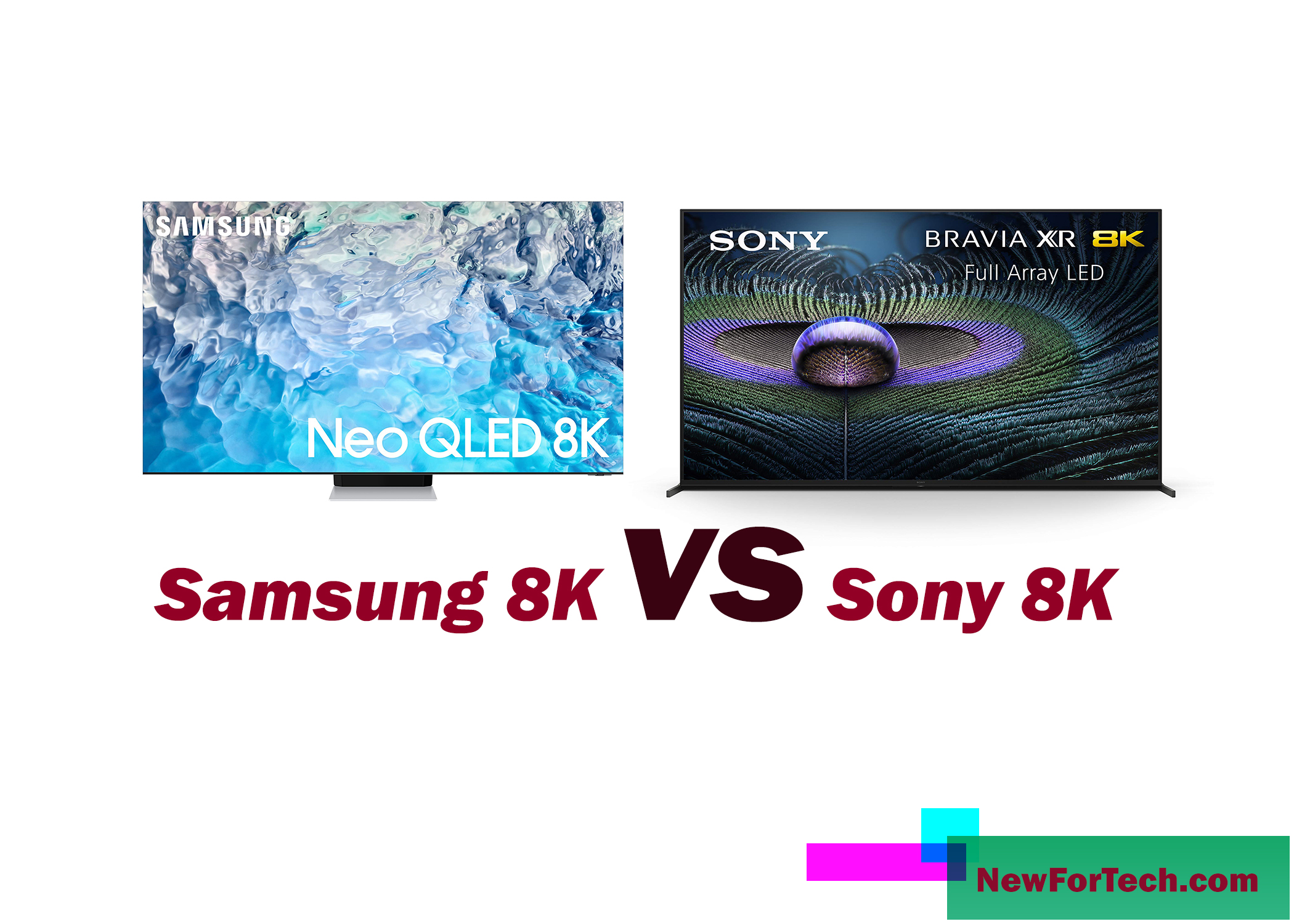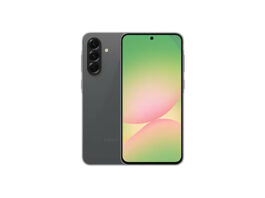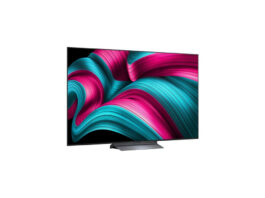When faced with the choice between Samsung and Sony for 8K TVs, we must examine their offerings and weigh our options.
To begin, 8K resolution offers unparalleled clarity, boasting a remarkable 7,680 x 4,320 pixel resolution, creating 33-megapixel images that surpass 4K TVs by fourfold.
For those seeking the highest-quality home viewing experience, Samsung and Sony’s 8K TVs stand out.
Lineups
It’s important to note that Samsung is deeply committed to 8K technology, offering a broad range of options, from reasonably-priced displays to high-end sets. On the other hand, Sony introduces approximately one 8K TV each year, with their 2020 model, the Sony Z8H/ZH8, marking their first mainstream 8K TV. Sony’s 2021 8K TV, the Z9J, is yet to be released.
The Sony Z8H/ZH8, although limited to 8K sources over HDMI, delivered outstanding picture quality, making it a compelling choice for those venturing into 8K technology.
Comparing the lineups of Samsung and Sony, Samsung takes the lead due to the broader selection of 8K offerings.
Samsung, a pioneer in the TV market, consistently embraces technological trends, including 8K. Their 8K lineup includes exceptional displays like the Samsung Q800T 8K QLED and the superior Samsung QN900A Neo QLED, which we consider the best 8K TV available.
In contrast, Sony’s 8K range cannot compete with Samsung’s. While the Sony Z8H/ZH8 ranks as the second best 8K TV, the sheer number of Samsung’s 8K options solidifies its position as the leader in this comparison.
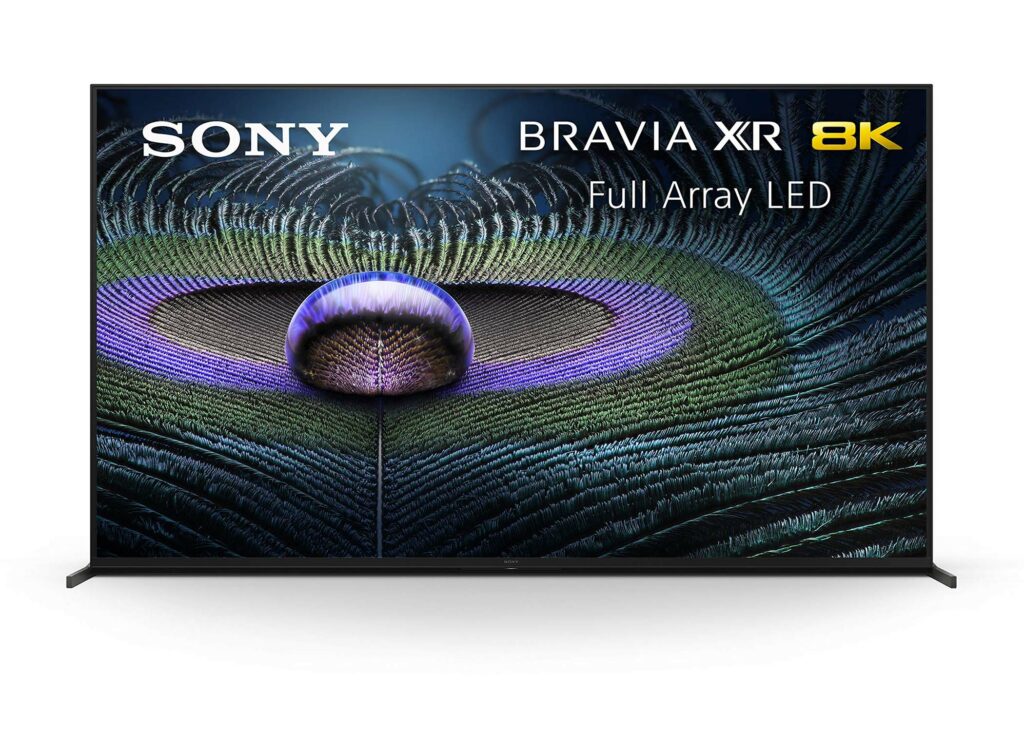
Sony vs. Samsung 8K: Prices
The cost of these premium 8K TVs stands as a crucial factor for potential buyers.
Unsurprisingly, 8K TVs carry a significant premium over their 4K counterparts, as 8K technology is still relatively new. However, this doesn’t mean they’re beyond affordability.
Top-tier models from Samsung and Sony, like the Sony Master Series Z9G and Samsung Q950TS, command a substantial investment, initially priced at around $13,000 / £14,000. On the flip side, both brands offer entry-level options at comparable prices.
For example, the Samsung Q800T QLED, recognized as the most budget-friendly 8K TV, started at $3,199 / £3,799 / AU$4,999 but is now available for approximately $2,500 / £2,000 / AU$3,500. Similarly, Sony’s mainstream 8K TV, the Z8H/ZH8, now costs around $4,100 / £3,000 / AU$5,500.
In terms of pricing, Sony and Samsung cater to a wide spectrum. Samsung, with its extensive product range, offers a broader selection of 8K TVs, spanning from affordable options to the high-end.
Furthermore, it’s noteworthy that the most expensive models from both Sony and Samsung experience significant price reductions over time. The Sony Master Series Z9G and Samsung Q950TS, for instance, have seen substantial drops from their initial launch prices, making it advisable to consider slightly older models for better value.
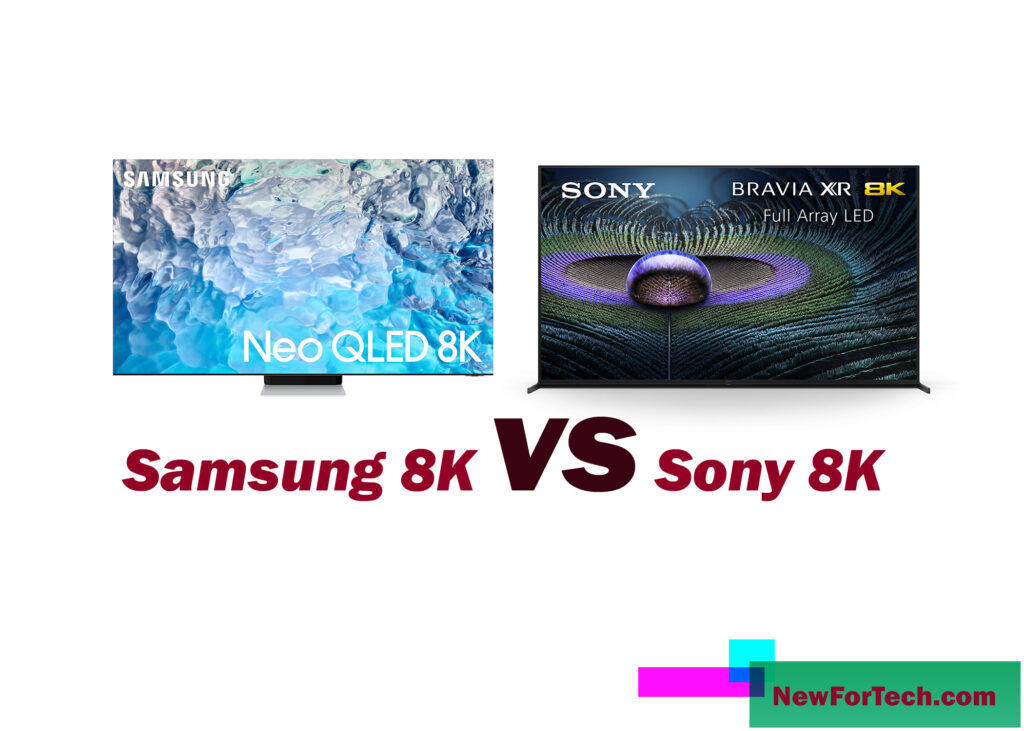
Sony vs. Samsung 8K: App Support
When evaluating app support for 8K TVs from Sony and Samsung, a notable divergence emerges. In brief, Sony employs Android TV, whereas Samsung opts for the superior Tizen platform.
Although seemingly minor, the differences between Android TV and Tizen are stark.
Android TV offers an extensive array of content and apps, including Netflix, Amazon Prime Video, YouTube, and more. However, it lacks key catch-up apps (like BBC iPlayer and ITV Hub in the UK), and its interface consumes the entire screen, disrupting your TV viewing.
In contrast, Tizen excels with a more user-friendly interface and access to popular apps and services, even including Apple TV. With Tizen, a press of the home button reveals your favorite apps and sources in a non-intrusive horizontal line at the display’s bottom edge. Scrolling through these tiles also provides additional information above the initial row, like previews of recently viewed shows and movies for a seamless experience.
These nuances elevate Samsung’s app support and overall experience over Sony’s. Sony’s offerings aren’t deficient, but objectively, Samsung’s Tizen platform prevails.
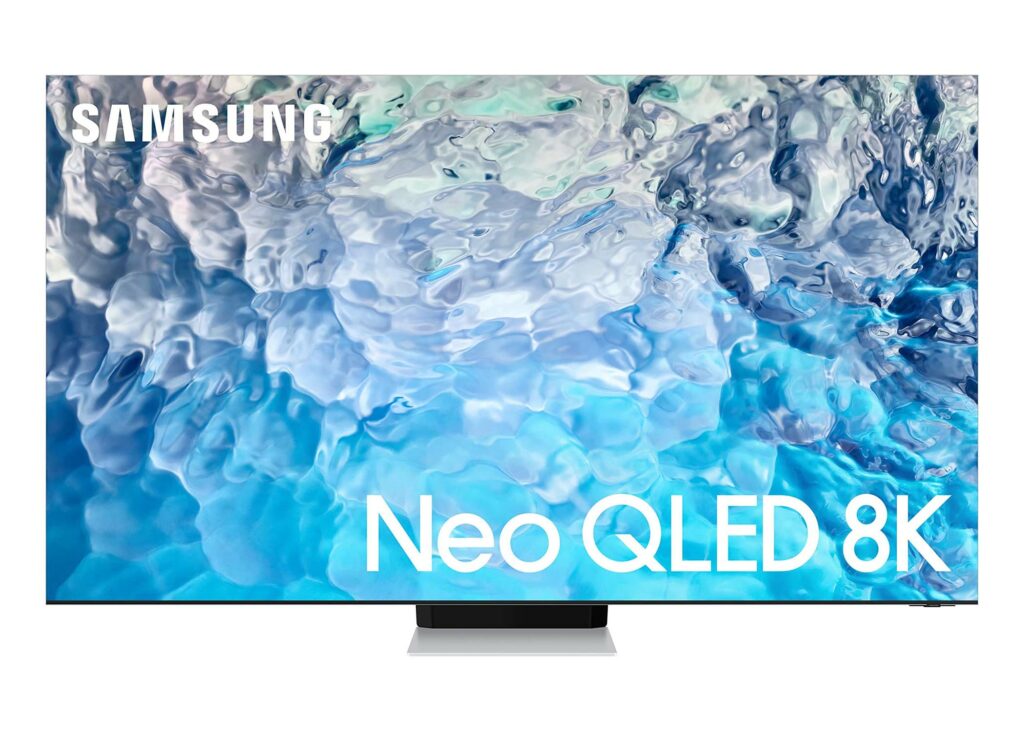
Sony vs. Samsung 8K: Other Features
Beyond picture quality and app support, Sony and Samsung’s 8K TVs come with additional noteworthy features.
While Android TV on Sony’s 8K sets has its drawbacks, it offers beneficial Android-related features like built-in Google Assistant, initial setup assistance for Android phones, and Chromecast Built-in support.
Sony’s Z8H/ZH8 impresses with Acoustic Multi-Audio, employing top-corner tweeters to provide a surround-like sound experience, reducing the need for a separate audio system. Samsung’s 8K TVs, like the Q800T, feature Object Tracking Sound technology, enhancing audio depth.
Regarding 8K sources, Sony’s Z8H/ZH8 only supports HDMI, limiting it to high-end PCs and next-gen consoles. However, it excels in upscaling 4K and HD content.
When assessing the 8K TV manufacturers, Samsung stands out due to its broader product range, offering more choices for specific features.
Nonetheless, Sony might catch up, with a new Sony Master series 8K TV on the horizon, possibly combining Z8H/ZH8’s features with Z9G’s display quality.
Sony’s current 8K TV lineup, including the Z8H/ZH8, remains excellent, but it lags behind Samsung’s offerings for the time being.
Discover more from NewForTech
Subscribe to get the latest posts sent to your email.

